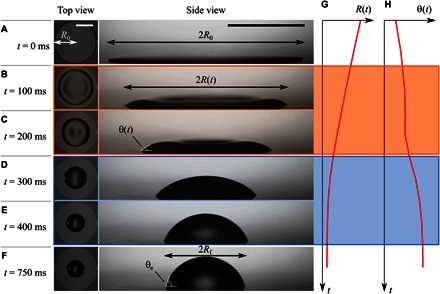Fig. 1. Experimental imaging of the dewetting of a liquid droplet from a smooth solid surface.

(A) A liquid droplet (TMPTGE; Ω = 1.45 μl, μ = 180 mPa s, γ = 43 mN m−1, T = 22°C, θe = 70°) is forced to wet a circular Teflon patch using a dielectrowetting setup. The resulting pancake-shaped liquid film, which corresponds to the initial configuration of the experiment, has a radius R0 = 2.5 mm. At time t = 0 ms, the dielectrowetting voltage is removed. The dewetting dynamics that follows is tracked by recording the instantaneous film radius, R(t), and the apparent contact angle averaged between the left and right film edges, θ(t). Scale bars, 2 mm. (B and C) At intermediate times, an annular rim forms close to the contact line. The rim is visible from both the top and side views of the film. (D and E) At long times, the rim merges and the film relaxes to a spherical cap shape. (F) Equilibrium state of the droplet, where the radius and contact angle reach constant values, Rf and θe. (G and H) Representative curves for the base radius and apparent contact angle. The formation of the rim correlates with a linear decrease in the radius and a plateau in the contact angle. The merging of the rim into a spherical cap gives way to a relaxation stage where the radius and contact angle relax to their final equilibrium values.
